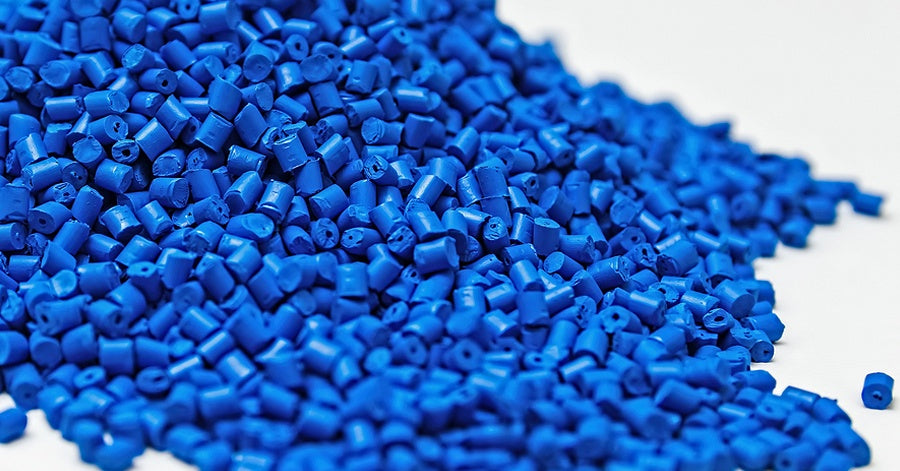HDPE

High-density polyethylene (HDPE) or high-density polyethylene (HDPE) is a thermoplastic polymer produced from the monomer ethylene. It is sometimes called "alkathene" or "polyethylene" when used for HDPE pipes. With a high strength-to-density ratio, HDPE is used in the production of plastic bottles, corrosion-resistant pipes, geomembranes, and plastic lumber. HDPE is commonly recycled and has the number "2" as its resin identification code.HDPE is known for its high strength-to-density ratio. The density of HDPE varies from 930 to 970 kg/m3. The standard plastic density test method is ISO 1183 part 2 (gradient columns), alternatively ISO 1183 part 1 (MVS2PRO density analyzer). Although the density of HDPE is only marginally higher than that of low-density polyethylene, HDPE has few branches, giving it stronger intermolecular forces and tensile strength (38 MPa vs. 21 MPa) than LDPE. The difference in strength outweighs the difference in density, giving HDPE a higher specific strength.It is also harder and opaquer and can withstand slightly higher temperatures (120 °C/248 °F for short periods). High density polyethylene, unlike polypropylene, cannot withstand the autoclaving conditions normally required. The lack of branching is ensured by an appropriate choice of catalyst (eg, Ziegler-Natta catalysts) and reaction conditions. The physical properties of HDPE can vary depending on the molding process that is used to manufacture a specific sample; to some extent, a determining factor is the internationally standardized test methods used to identify these properties for a given process.Because of these desirable properties, pipes constructed of HDPE are ideally applicable for potable water and wastewater (storm and sewer). HDPE is also used for cellular liners in Subtitle D sanitary landfills, where large sheets of HDPE are either extrusion-welded or wedge-welded to form a homogeneous chemical-resistant barrier intended to prevent soil and groundwater pollution by liquid constituents of solid waste. HDPE is preferred by the pyrotechnics trade for mortars over steel or PVC tubing as it is more durable and safer: HDPE tends to break or tear in the event of failure rather than breaking and splintering like the other materials .The material has benefited from discussions about the potential health and environmental problems caused by PVC and bisphenol A (BPA)-related polycarbonate, as well as its advantages over glass, metal and cardboard.

